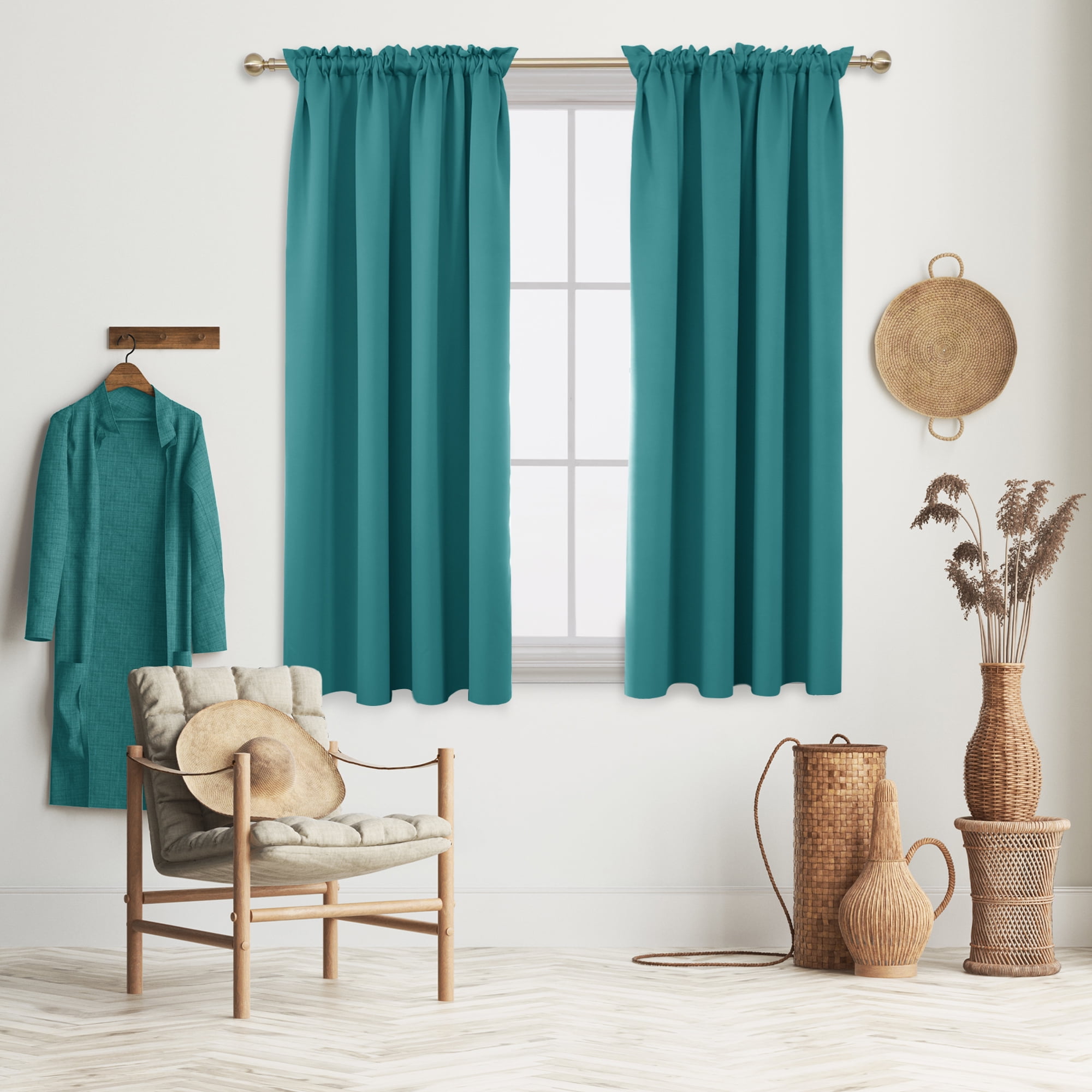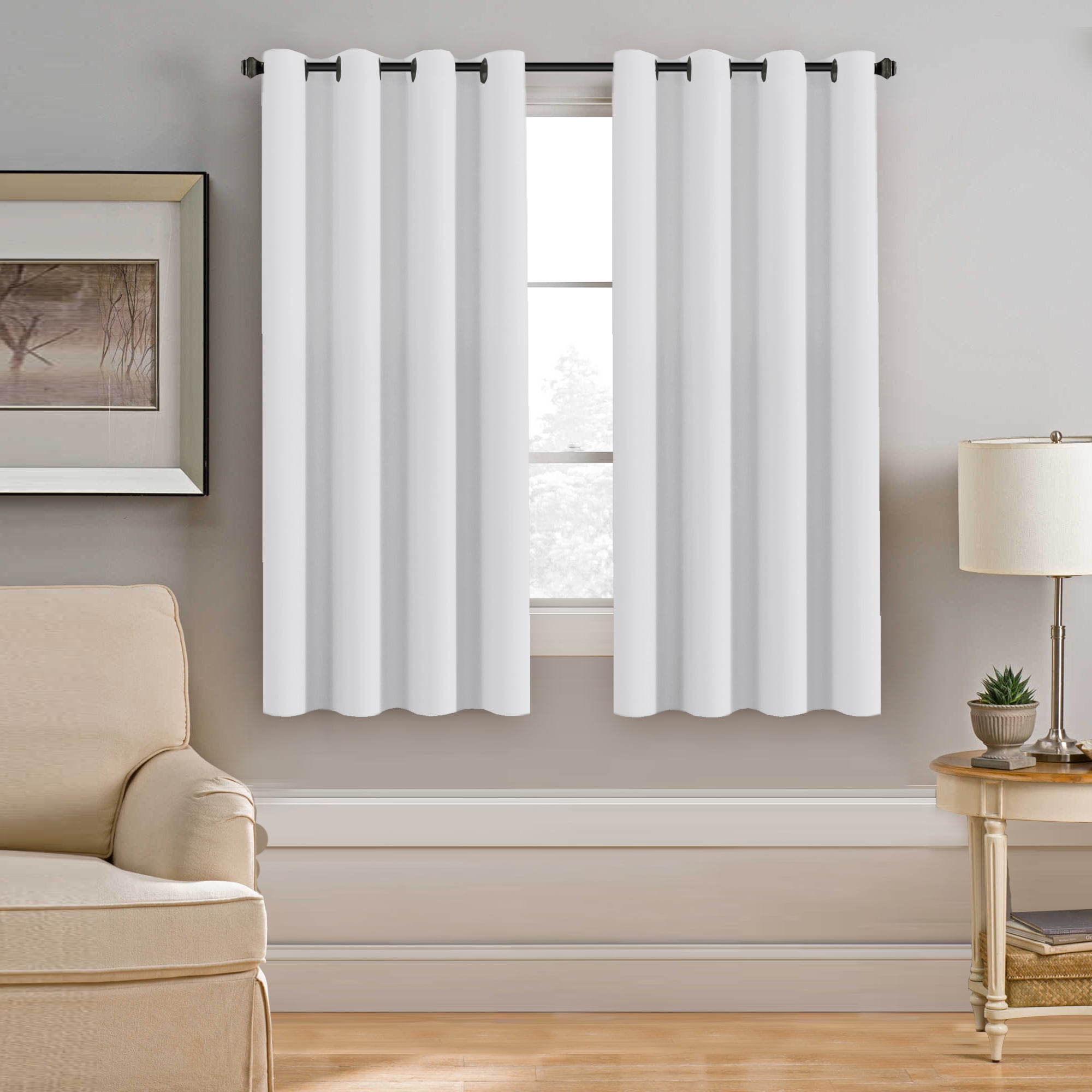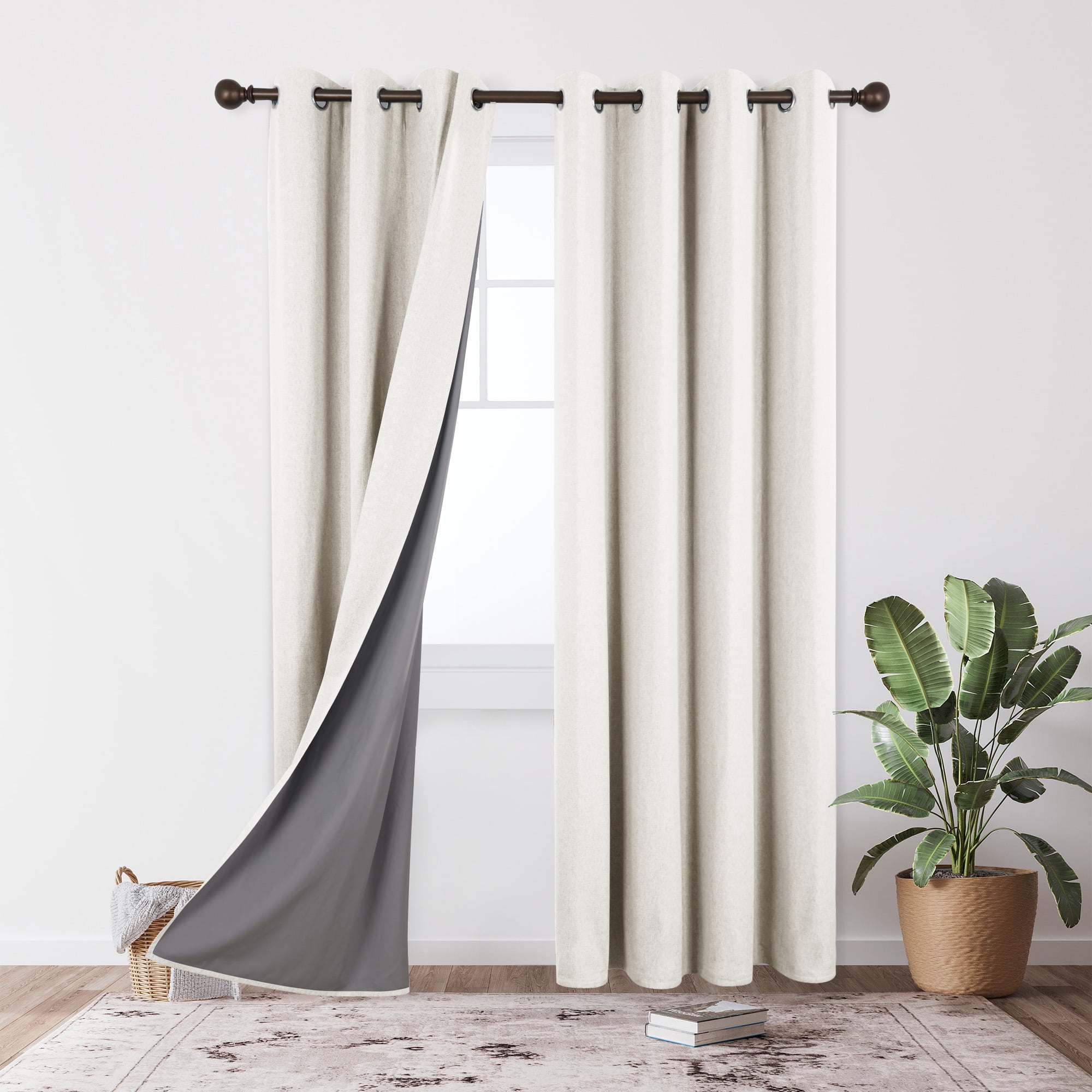Understanding Bedroom Window Curtain Length

Choosing the right curtain length for your bedroom windows is crucial for achieving a cohesive and aesthetically pleasing look. It’s a delicate balance between practicality, style, and the unique features of your window.
Factors Influencing Curtain Length
The ideal curtain length is influenced by several factors, each playing a crucial role in creating the desired ambiance and functionality.
- Window Type: The type of window you have, whether it’s a standard, bay, or French door, significantly impacts the curtain length.
- Window Height: The height of your window directly influences the curtain length. Taller windows require longer curtains, while shorter windows can accommodate shorter curtains.
- Ceiling Height: The height of your ceiling plays a role in determining the overall visual impact of your curtains. Higher ceilings can accommodate longer curtains, creating a sense of grandeur, while lower ceilings might benefit from shorter curtains to avoid overwhelming the space.
- Desired Style: The desired style of your curtains, whether it’s traditional, modern, or contemporary, influences the length. Formal styles often prefer floor-length curtains, while casual styles might opt for shorter lengths.
- Room Design: The overall design of your bedroom influences the curtain length. A minimalist design might favor shorter curtains, while a more elaborate design could accommodate longer curtains.
- Functionality: The functionality of the curtains, such as light control or privacy, also impacts the length. For example, if you need complete privacy, floor-length curtains might be preferable.
Window Type Impact on Curtain Length, Bedroom window curtain length
Different window types require specific curtain lengths to ensure proper fit and functionality.
- Standard Windows: Standard windows generally accommodate curtains that either graze the floor or reach a few inches above the floor. This creates a classic and elegant look.
- Bay Windows: Bay windows, with their curved or angled design, require curtains that follow the shape of the window. They often feature multiple panels, with each panel reaching the floor or a few inches above.
- French Doors: French doors, with their large glass panels, can accommodate various curtain lengths. Floor-length curtains provide a formal and elegant look, while shorter curtains create a more casual and airy feel.
Aesthetic Considerations in Curtain Length
Curtain length is a key element in creating the desired aesthetic for your bedroom.
- Floor-Length Curtains: Floor-length curtains, reaching all the way to the floor, provide a classic and elegant look. They add a touch of formality and sophistication to the room.
- Puddling Curtains: Puddling curtains, slightly pooling on the floor, create a dramatic and luxurious effect. They are often associated with traditional or formal styles.
- Curtains Ending Just Above the Floor: Curtains ending a few inches above the floor create a more casual and modern look. They are a popular choice for contemporary or minimalist designs.
Common Curtain Length Options

Choosing the right curtain length for your bedroom windows can significantly impact the overall look and feel of the space. It’s not just about aesthetics; curtain length affects light control, privacy, and even the perceived size of the room.
Bedroom window curtain length – Here’s a closer look at the most popular curtain lengths for bedrooms, along with their advantages and disadvantages, and visual examples to help you visualize their impact:
Floor-Length Curtains
Floor-length curtains, extending all the way to the floor, create a sense of grandeur and elegance. They are ideal for adding a touch of sophistication to any bedroom.
These curtains offer excellent light control, blocking out sunlight effectively, and providing ample privacy. They can also help to visually lengthen the room, making it appear larger and more spacious.
- Advantages:
- Provides maximum light control and privacy.
- Adds a touch of elegance and sophistication.
- Can visually lengthen the room.
- Disadvantages:
- Can be more difficult to clean and maintain, especially if they are made of delicate fabrics.
- May not be suitable for rooms with low ceilings, as they can make the room feel even smaller.
Visual Example: Imagine a bedroom with floor-length velvet curtains in a deep burgundy hue. They cascade gracefully from the top of the window to the floor, creating a dramatic and luxurious ambiance. The curtains effectively block out the afternoon sun, creating a cozy and intimate atmosphere perfect for relaxation.
Sill-Length Curtains
Sill-length curtains, ending just above the window sill, offer a more practical and casual look. They are a popular choice for bedrooms with limited space or where floor-length curtains might be impractical.
These curtains provide moderate light control and privacy, allowing some natural light to filter through. They can also make the room feel more spacious and airy, especially in smaller bedrooms.
- Advantages:
- More practical and easier to clean than floor-length curtains.
- Suitable for smaller bedrooms or rooms with limited space.
- Allows some natural light to filter through.
- Disadvantages:
- Offers less light control and privacy compared to floor-length curtains.
- May not be as visually appealing as floor-length curtains.
Visual Example: Picture a bedroom with crisp white cotton sill-length curtains. They hang just above the window sill, allowing natural light to flood the room during the day. The curtains add a touch of freshness and simplicity to the space, creating a clean and airy atmosphere.
Valance
A valance is a short piece of fabric that is typically placed at the top of the window, covering the curtain rod and providing a decorative touch.
Valances are often used in conjunction with other curtain lengths, such as sill-length or floor-length curtains. They can add a touch of elegance and sophistication to the room, while also providing some light control and privacy.
- Advantages:
- Provides a decorative touch and adds visual interest to the window.
- Can be used in conjunction with other curtain lengths to enhance the overall look of the room.
- Offers some light control and privacy, especially when used with other curtains.
- Disadvantages:
- Provides minimal light control and privacy on its own.
- May not be suitable for all window styles.
Visual Example: Imagine a bedroom with a simple white valance with delicate lace trim. It sits atop the window, adding a touch of elegance and femininity to the space. The valance provides a subtle layer of privacy while still allowing plenty of natural light to filter through.
Choosing the Right Length for Your Bedroom

The length of your bedroom curtains can significantly impact the overall look and feel of your space. Choosing the right length can enhance your room’s aesthetic appeal, while also providing optimal light control and privacy.
Determining the Ideal Curtain Length
To find the perfect curtain length for your bedroom, follow these simple steps:
- Measure your window: Begin by measuring the width and height of your window. Measure the width at its widest point and the height from the top of the window frame to the bottom.
- Decide on your desired curtain length: Consider the height of your room and the overall style you want to achieve. Do you prefer curtains that graze the floor, fall just above it, or reach a specific point on the wall?
- Add extra length: To ensure your curtains hang beautifully and allow for proper pleating, add extra length to your measurements. A general rule of thumb is to add 12-18 inches for floor-length curtains and 6-12 inches for curtains that end above the floor.
- Consider your window treatments: If you’re using a curtain rod, factor in the height of the rod and any brackets. If you’re using a track system, ensure the curtains can slide smoothly.
- Account for furniture placement: If you have furniture in front of your window, make sure your curtains will clear it comfortably. You might need to adjust the length accordingly.
Recommended Curtain Lengths for Different Window Types
| Window Type | Recommended Curtain Length | Considerations | Standard Window | Floor-length curtains, grazing the floor, or ending just above the floor | Room height, desired aesthetic | Bay Window | Floor-length curtains, cascading over the bay | Room height, window size, desired aesthetic | French Doors | Floor-length curtains, pooling slightly on the floor | Room height, desired aesthetic | Sliding Doors | Floor-length curtains, reaching the floor or slightly pooling | Room height, desired aesthetic | Skylight | Curtains that extend beyond the skylight opening, providing additional light control | Room height, desired aesthetic |
|---|
Choosing the Best Curtain Length for Your Needs
When deciding on the length of your bedroom window curtains, consider the overall aesthetic you desire. A common choice is to have curtains that graze the floor, creating a sense of elegance and grandeur. To determine the ideal length, it’s helpful to understand the average bedroom window curtain size for your specific window.
This will give you a starting point to adjust the length based on your personal preference, ensuring your curtains complement the room’s design and create the desired ambiance.
The length of your bedroom window curtains can significantly impact the overall aesthetic and functionality of your space. If you’re looking for a touch of magic and whimsy, consider incorporating harry potter bedroom curtains into your décor. These curtains can add a unique and enchanting element to your room while still allowing you to choose the right length for your windows.